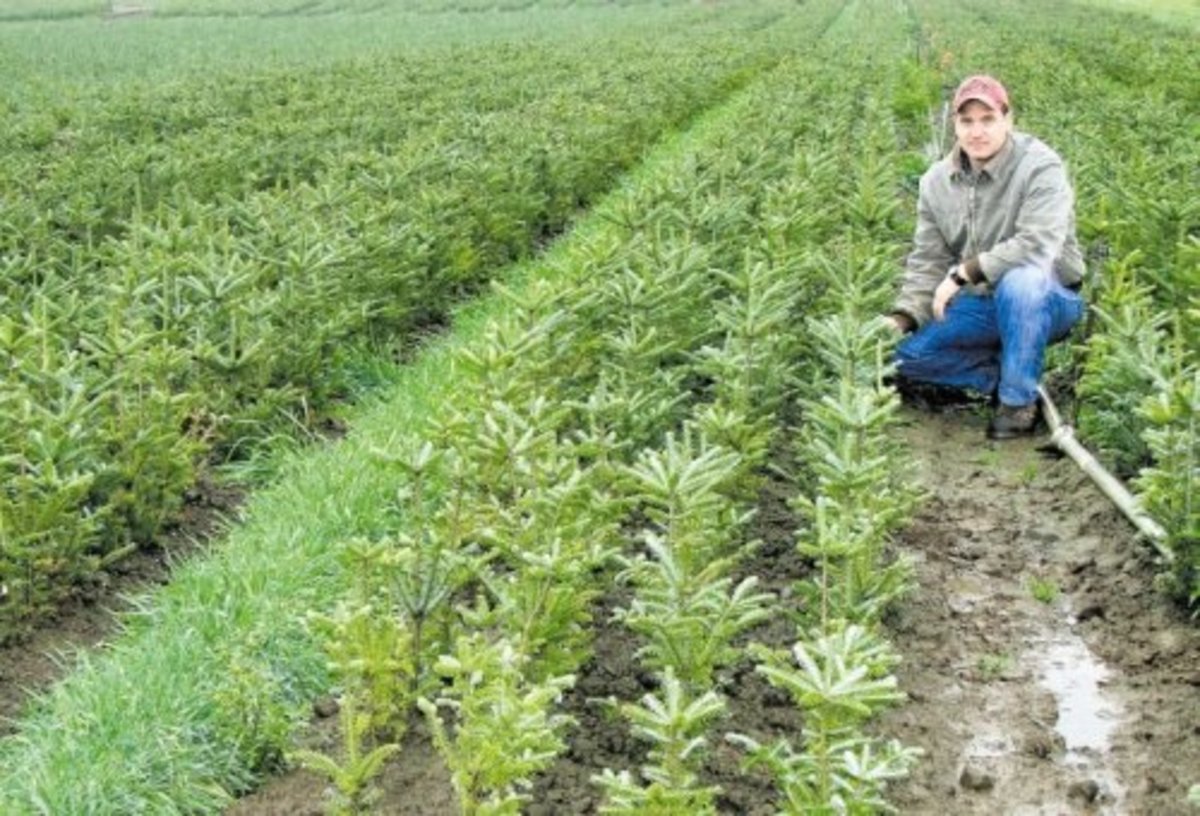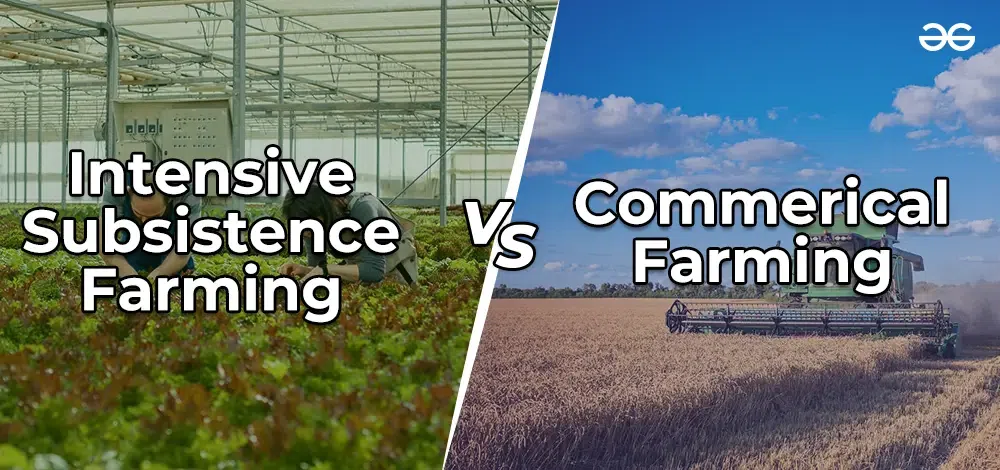Ecological Effects of Commercial Farming vs Subsistence Farming: What You Required to Know
Ecological Effects of Commercial Farming vs Subsistence Farming: What You Required to Know
Blog Article
An In-Depth Check Out the Difficulties and Advantages of Modern Farming
Modern agriculture stands at the crossroads of development and sustainability, offering a wide variety of challenges and possibilities. With advancements like precision farming and biotechnology appealing enhanced performance, the sector simultaneously faces crucial issues such as environmental deterioration and socio-economic disparities. As we explore the complex balance in between technical development and its wider influences, the question emerges: can we achieve a sustainable future that benefits both the environment and farming communities? The path forward requires a cautious exam of these characteristics, welcoming stakeholders to think about the possibility for transformative adjustment in agricultural techniques and policies.
Technological Innovations in Farming
Technologies such as accuracy farming, biotechnology, and automation have transformed typical farming methods, enabling for more lasting and profitable operations. Accuracy farming makes use of GPS modern technology, sensors, and data analytics to maximize field-level monitoring regarding crop farming.
Automation in farming has additionally moved the sector onward, with the intro of autonomous tractors, drones, and robotics. These innovations lessen labor requirements and increase operational speed, permitting for timely growing and harvesting. Drones, specifically, offer beneficial airborne imagery and information, aiding farmers in checking crop health and identifying problems early.
Biotechnology has actually likewise played a critical function in advancing farming techniques. Jointly, these technical improvements have laid the groundwork for a more durable and sustainable farming future.
Environmental Challenges
Farming deals with a number of ecological challenges that threaten its sustainability and efficiency. Among the main problems is the destruction of dirt health as a result of intensive farming practices that deplete vital nutrients and cause erosion. The overuse of chemical fertilizers and pesticides better worsens this problem, polluting water sources and decreasing biodiversity. The long-lasting practicality of agricultural land is endangered, requiring the adoption of even more sustainable methods.
Water deficiency is one more significant challenge, especially in areas where farming greatly counts on watering. Climate modification is magnifying this issue, changing rainfall patterns and raising the regularity of dry spells. Reliable water management systems, such as drip watering and rainwater harvesting, are crucial to mitigate these effects, but their application stays unequal throughout various regions.
Additionally, farming is both a victim and a contributor to environment adjustment. It represents a substantial share of greenhouse gas discharges, largely from animals manufacturing and rice farming. Transitioning to low-emission farming techniques, such as precision farming and agroforestry, can help reduce this influence. These approaches call for considerable financial investment and technological know-how, presenting a barrier to widespread fostering. Addressing these environmental difficulties is important for making sure a sustainable Visit Your URL farming future.

Financial Impacts
The financial effects of contemporary agriculture are diverse and profound, influencing both neighborhood and worldwide markets. Breakthroughs in modern technology and manufacturing techniques have actually substantially boosted farming performance, leading to extra efficient food supply chains and decreased my site expenses for customers.
The capital-intensive nature of modern agriculture calls for considerable financial investment in machinery, plant foods, and genetically modified seeds, which can be economically challenging for small-scale farmers. Furthermore, worldwide market changes can influence the earnings of agricultural exports, making economic climates reliant on agriculture at risk to financial instability.
Moreover, subsidies and trade plans in industrialized nations can misshape market value, influencing competitive balance and possibly disadvantaging farmers in developing nations. Generally, while modern agriculture drives financial growth, it also demands browsing complicated monetary landscapes to ensure lasting and fair growth.
Social Implications
While modern-day farming has actually brought about substantial innovations, it additionally presents various social implications that require factor to consider. One major concern is the variation of small farmers due to the increase of huge agribusinesses. As corporate farming entities increasingly dominate the farming landscape, smaller sized farms usually struggle to contend, bring about the erosion of country communities and conventional farming methods. This change can cause a loss of local knowledge and social heritage that smaller farms maintain.

Such methods might also restrict consumer selections and minimize the ability of neighborhood neighborhoods to control their food resources. As these social effects unravel, it ends up being essential to address them to make certain fair and lasting agricultural advancement.
Future Instructions
Looking ahead, numerous appealing avenues for modern-day farming could resolve the difficulties faced today while fostering sustainable growth. Breakthroughs in technology, such as accuracy agriculture, offer the prospective to optimize resource usage and boost efficiency.
Biotechnology additionally holds immense promise for the future of farming. Genetically modified microorganisms (GMOs) and gene editing and enhancing methods, Resources like CRISPR, can boost plant durability against environment modification, insects, and conditions, therefore improving food safety and security. Branching out crop varieties to consist of more nutrient-dense and climate-resilient alternatives might boost both ecological security and human nutrition.

Final Thought
Modern agriculture, defined by technological developments, offers both obstacles and chances. commercial farming vs subsistence farming. Addressing these intricacies requires a shift towards lasting practices that balance performance with environmental stewardship and social equity, therefore making sure a resilient future for international farming systems.
Modern agriculture stands at the crossroads of innovation and sustainability, offering a wide range of challenges and opportunities. In addition, global market fluctuations can affect the success of farming exports, making economic climates reliant on farming prone to economic instability.
In addition, the extensive usage of innovation and mechanization in agriculture has actually led to a decline in agricultural work possibilities.Looking ahead, numerous promising opportunities for modern-day agriculture can address the challenges faced today while promoting sustainable development. commercial farming vs subsistence farming.Modern farming, identified by technological improvements, provides both chances and obstacles
Report this page